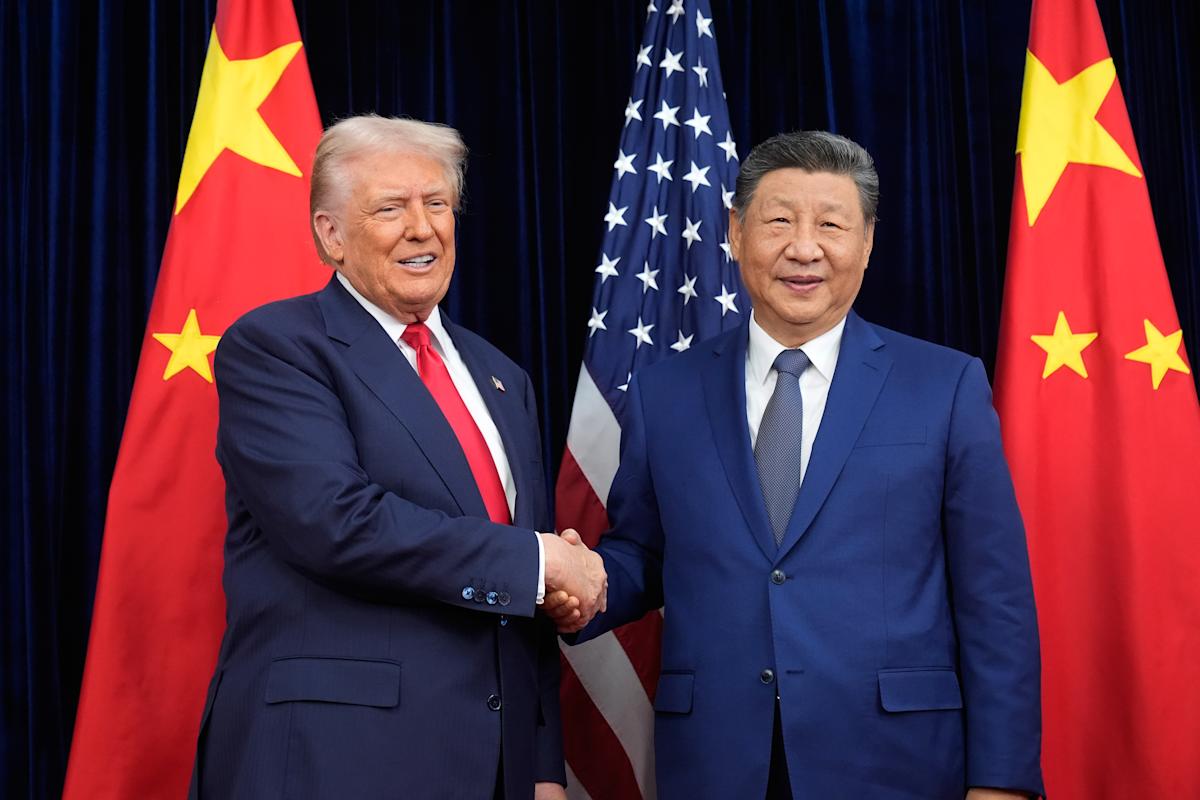Caterpillar’s Challenges with Tariffs and Future Strategies
Mining and construction machinery giant Caterpillar Inc. (CAT) is navigating a challenging landscape exacerbated by tariffs. Recently, the company has revised its expectations regarding the financial impact of these tariffs, indicating deeper implications for its future operations.
Increased Tariff Impact
In its third-quarter earnings presentation, Caterpillar revealed that it anticipates a net impact from tariffs ranging between $1.6 billion and $1.75 billion for the year. This figure represents a notable increase from the previous guidance of $1.3 billion to $1.5 billion. Such adjustments highlight not only the economic pressures facing Caterpillar but also the broader context of trade dynamics affecting manufacturers nationwide.
The CEO’s Perspective
Caterpillar’s CEO, Joseph Creed, expressed concerns about the unpredictable nature of current tariff structures. This constant flux complicates the company’s ability to allocate resources effectively. Creed emphasized the importance of long-term strategic planning in response to tariffs but recognized that the shifting landscape presents hurdles to investment decisions.
“We’re evaluating long-term options to manage the tariffs,” Creed stated, underlining the complexity of the situation. This evaluation includes assessing potential adjustments to operations, which may necessitate substantial investments over time.
Long-Term Investments and Risks
As Creed pointed out during the earnings call, any long-term adjustments aimed at offsetting tariff impacts require significant investment. These investments involve not just financial outlays but the logistical challenges of certifying new components, acquiring necessary tooling, and conducting thorough testing and validation processes.
Making informed decisions in this context is crucial. Creed highlighted the need for “a greater level of predictability and stability” in order to avoid making investments that may later require reversals. The risks of such investments are magnified by the current instability, making it essential for Caterpillar to approach its planning with caution.
A Measured Approach
Caterpillar’s strategy is characterized by a measured approach. The company is taking its time to evaluate the situation before committing to large-scale changes. Creed’s comments suggest a deliberate effort not to rush into investments that could prove futile. This cautious strategy reflects a broader theme within the industry, where manufacturers are coping with shifting tariffs and their impacts on profitability and operational capacity.
In summary, Caterpillar’s experience highlights the intricate balance manufacturers must strike between adapting to regulatory changes and ensuring fiscal responsibility. As the situation continues to evolve, the company’s long-term strategies will play a crucial role in navigating a turbulent business landscape shaped by tariffs.

